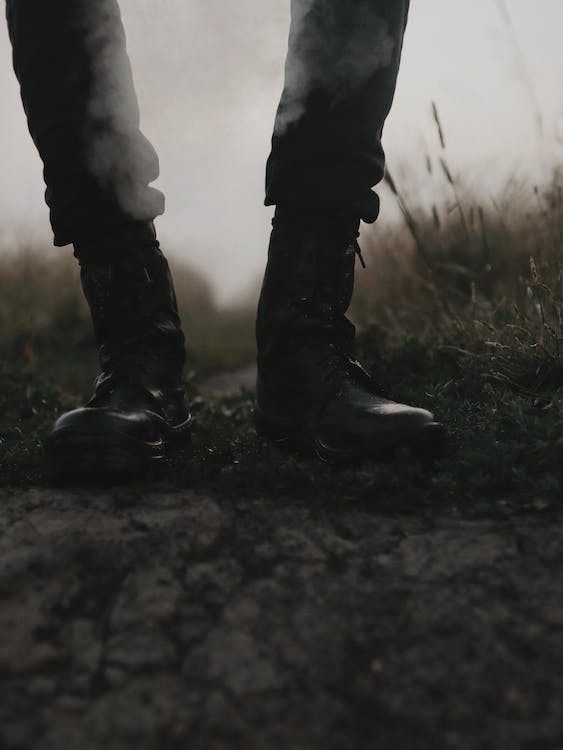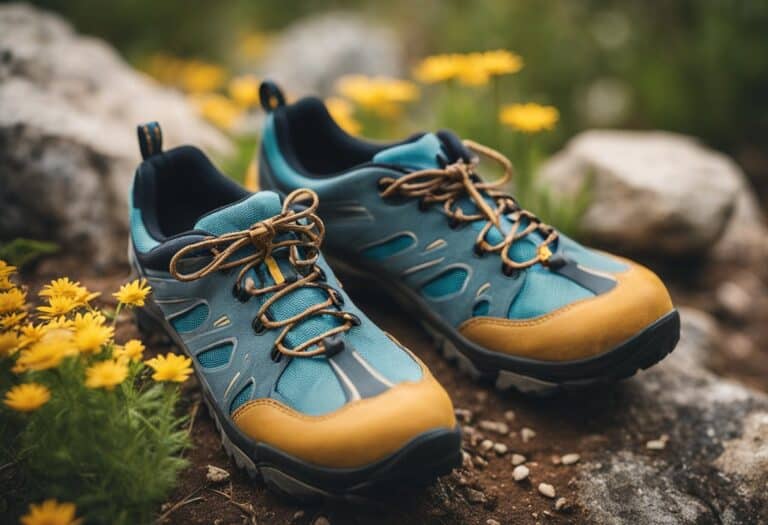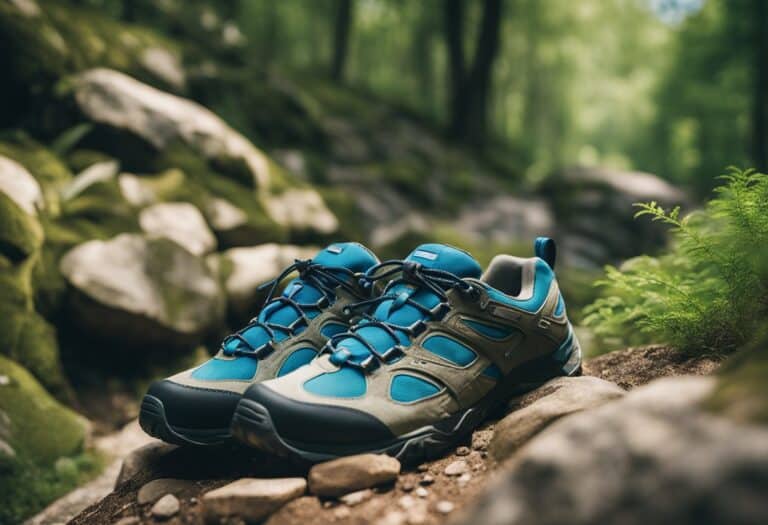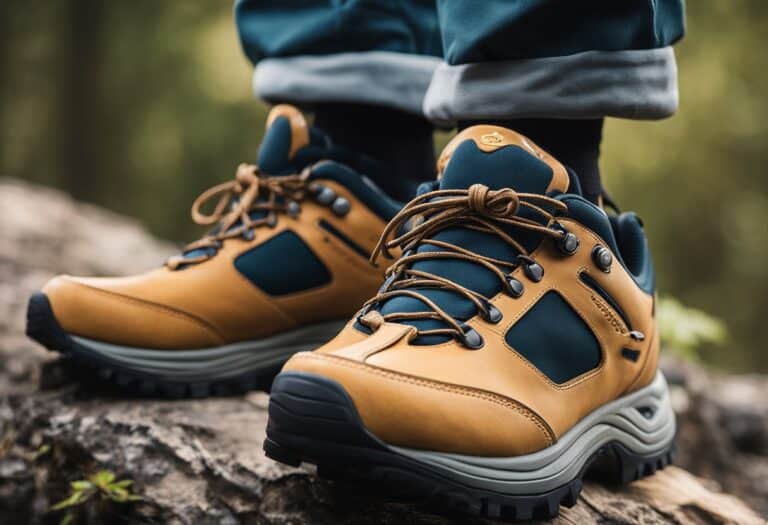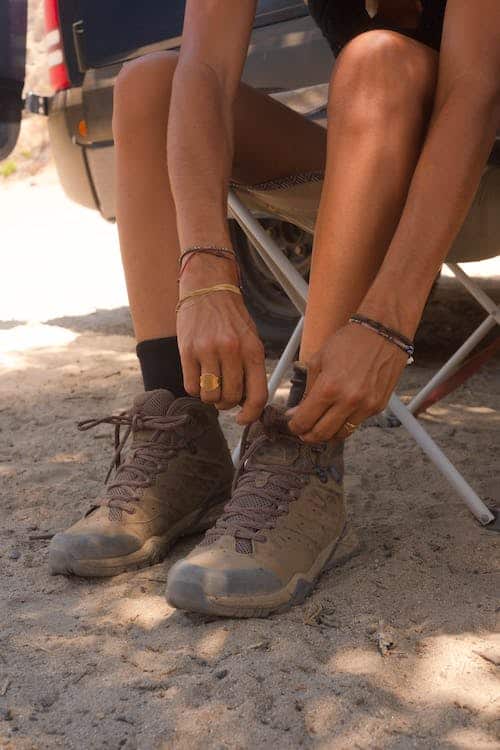
Have you ever gone hiking in ill-fitting boots? If so, then you know just how much it can ruin your entire hiking experience. Properly fitting boots are crucial for comfort and safety, yet many hikers overlook this important aspect. Don’t let your next hiking adventure be plagued by blisters or foot pain. Read on to discover how hiking boots should fit and ensure that your feet are ready for whatever the trails may bring.
Importance of properly fitting hiking boots
Properly fitting hiking boots are crucial for any hiking adventure.
Ill-fitting boots can cause discomfort, blisters, and even injuries. When hiking, your feet endure constant impact and pressure, so it is essential to provide them with the right support and protection. A properly fitting boot should hug your foot securely, without being too tight or too loose. It should also have ample room for your toes to wiggle and prevent your feet from sliding forward or rubbing against the shoe. With well-fitted boots, you can enjoy your hike without worrying about foot pain or discomfort, allowing you to fully immerse yourself in nature and achieve optimal performance on the trails.
Measuring your foot size and shape
Measuring your foot size and shape is important when it comes to finding the right pair of shoes that fit comfortably. It is crucial to know your foot size and shape as these factors can determine the level of support and comfort your shoes provide. Understanding your foot size will also help you choose the right shoe size when shopping online or in-store. Whether you have narrow or wide feet, high arches or flat feet, obtaining accurate measurements will enable you to make informed decisions when it comes to selecting footwear that promotes proper foot health and prevents discomfort or pain.
Understanding different hiking boot styles
Understanding different hiking boot styles is important for any outdoor enthusiast. Hiking boots are designed to provide support, protection, and comfort while tackling various terrains and weather conditions. There are several different hiking boot styles, each with their own specific features and benefits. For example, lightweight hiking boots are ideal for day hikes and trails with minimal obstacles, while mid-weight boots offer more support and durability for longer hikes and rugged terrain. Understanding the differences between hiking boot styles can help you choose the right footwear for your specific hiking needs and ensure a more enjoyable and successful outdoor adventure.
Tips for trying on and testing hiking boots
- Try on boots in the afternoon or evening when your feet are slightly swollen.
- Wear the same type of socks you would use while hiking.
- Walk around the store or take a short hike to assess comfort and support.
- Pay attention to any discomfort or pressure points.
- Look for signs of an improper fit during the trial.
- Don’t hesitate to ask a knowledgeable salesperson for assistance and advice.
Ensuring proper fit with socks and lacing techniques
Proper fit and lacing techniques are crucial for comfortable and efficient use of socks. When socks fit properly, they provide support and cushioning to the feet and help prevent blisters and discomfort. By ensuring that socks fit snugly but not too tight, they can also improve circulation and reduce the risk of swelling or foot fatigue. Additionally, using the right lacing technique can help customize the fit of shoes and socks, providing extra stability and preventing slippage during physical activities. Overall, paying attention to proper fit and lacing techniques can greatly enhance the comfort and performance of socks.
Common fitting issues and how to address them
When it comes to clothing, common fitting issues can range from loose sleeves and tight waistbands to long hems and gaping necklines. These issues can make the garment look unflattering or uncomfortable to wear. However, there are ways to address these problems and ensure a better fit. For loose sleeves, adding darts or taking in the seams can help create a snugger fit. Tight waistbands can be loosened by adding extra fabric or adjusting the closure. Hemming techniques can be used to shorten excessively long hems, while darts or additional fabric can be added to address gaping necklines. By addressing these common fitting issues, individuals can achieve a more comfortable and stylish look when wearing their clothes.
Breaking in and maintaining your hiking boots for lasting comfort
Breaking in and maintaining your hiking boots is crucial for ensuring lasting comfort on the trails. When you first get a new pair of hiking boots, they can feel stiff and uncomfortable. However, by properly breaking them in, you can mold them to the shape of your feet and avoid blisters and discomfort in the long run. This can be done by gradually increasing the amount of time you wear the boots, starting with short walks and gradually progressing to longer hikes. Additionally, it is important to regularly clean and condition your boots to keep them in good condition and extend their lifespan. By taking the time to break in and maintain your hiking boots, you can enjoy many comfortable and enjoyable adventures in the great outdoors.
Final thoughts on finding the perfect fit for your hiking adventures
Finding the perfect fit for your hiking adventures is crucial in ensuring a successful and enjoyable experience. Whether you are a beginner or seasoned hiker, finding the right trail and destination that aligns with your skill level, interests, and preferences is important. Consider factors such as the difficulty level, length of the trail, terrain, and scenery when making your decision. Additionally, take into account the time of year, weather conditions, and availability of facilities and amenities along the trail. By carefully considering these factors, you can ensure that you have a safe and memorable hiking adventure that is tailored to your needs.

